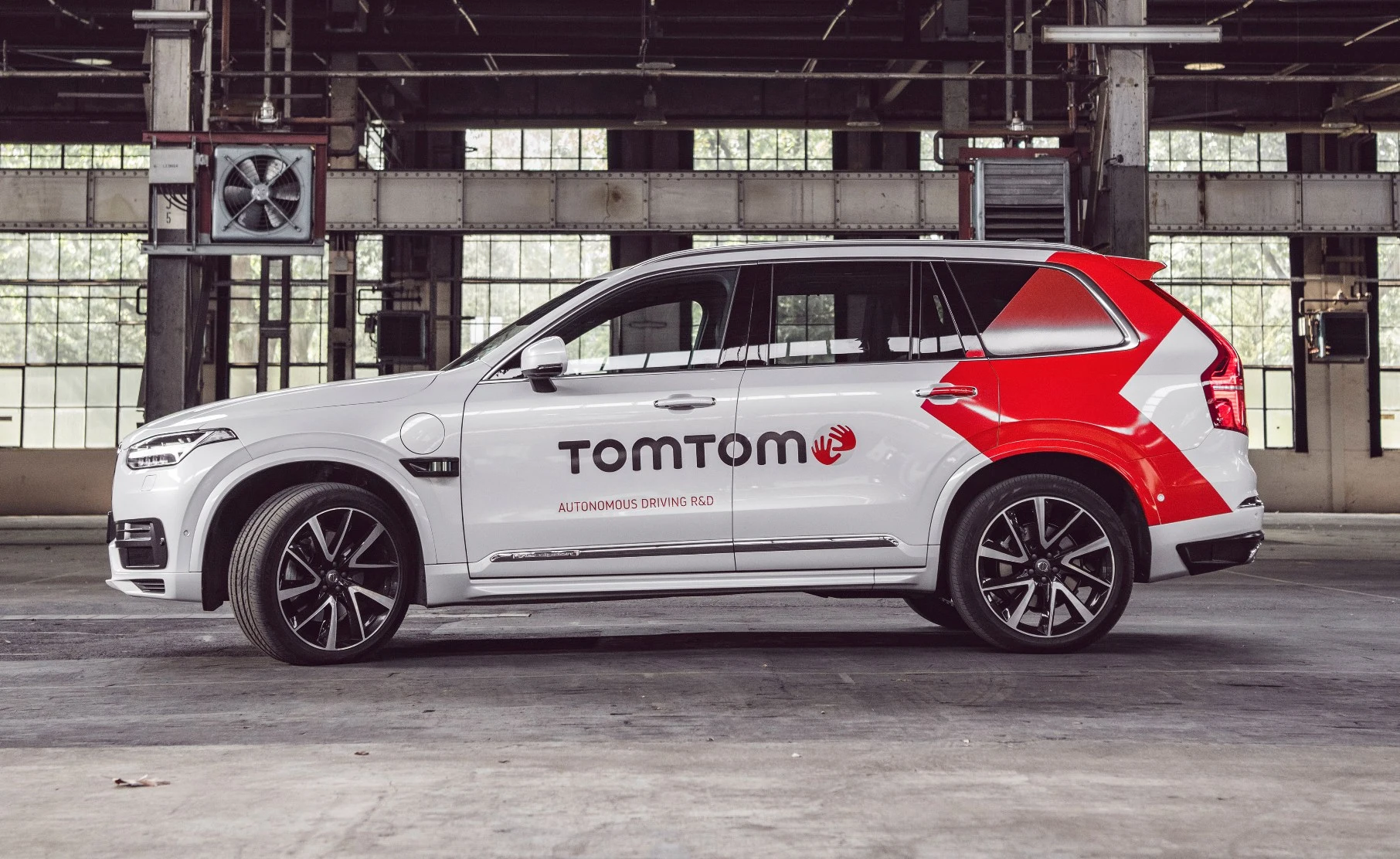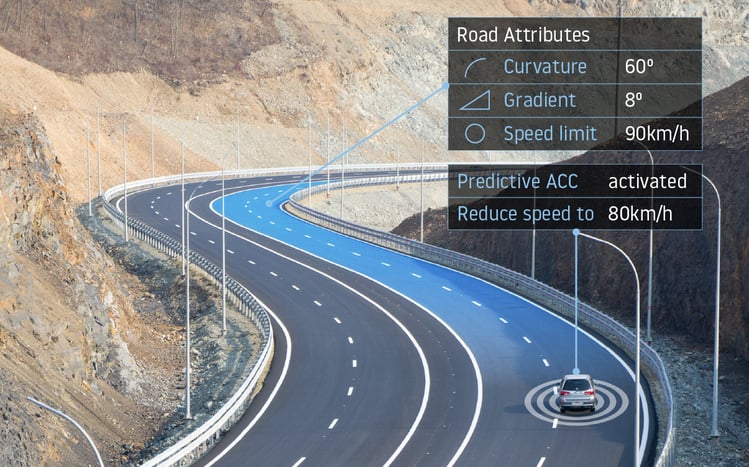
TomTom launches a fully autonomous test car to develop HD maps
- 2 minute read
-
Author: Mobica
TomTom has launched its first autonomous test vehicle as it looks to improve its various mapping technologies aimed at the burgeoning driverless car industry.
Ahead of IAA, the annual International Motor Show taking place in Frankfurt, Germany next week, the Dutch location technology giant today announced that the number of level 1 and level 2 vehicles using its maps for automated driving has doubled to more than 1 million this year and spans numerous automakers. To further improve its maps, the company has now built its own vehicle, capable of full level 5 autonomy, in partnership with Volvo.
“Having our own autonomous vehicle is a critical advantage when it comes to developing the technology required for safe and comfortable autonomous driving,” said TomTom’s head of autonomous driving, Willem Strijbosch. “We can continuously test our mapping technology on the roads, get insights and high-quality data on how it performs in a multitude of circumstances, and right away feed this into our AI-driven map-making process.”
TomTom is widely associated with satellite navigation (Sat Nav) devices plastered to car windshields. However, the company has branched into all manner of transport-related verticals through the years as it has sought to reinvent itself in the age of Google Maps. More recently, TomTom has cut staff as it has moved away from wearables and offloaded its telematics unit for $1 billion so it could refocus its efforts on mapping and navigation.
Map for that
As one of the major global digital map providers, TomTom today helps power services from the likes of Uber, Apple, and Microsoft. But behind the scenes, TomTom has been building an arsenal of navigation data and high definition (HD) maps as it prepares to power the connected and autonomous cars of the future.
HD Maps will likely play a major role in the evolution of autonomous vehicles, as essential on-board sensors can’t see around corners. HD Maps serve up a more accurate representation of the surrounding environment, including lanes, geometry, and traffic signs, enhancing spatial awareness.

Above: Automated driving: Image shows advanced driver assist system (ADAS) map visualization
Earlier this year, TomTom revealed that it had been selected by a number of major automakers to supply HD maps, a development that was no doubt largely responsible for the 1 million vehicle-milestone revealed earlier today. Now it’s aiming to improve those maps and associated data with its own autonomous vehicle.
The company has customized a Volvo XC90 in collaboration with the Swedish automaker, which gave TomTom special access to its drive-by-wire system. Among the customizations are eight laser scanners built onto the front, back, and side of the vehicle; stereo cameras and six radars on the front and back; and GPS and mobile antennas. In concert, these modifications are designed to provide 360-degree situational awareness of the vehicle’s surroundings, with the resulting data referenced against TomTom’s HD maps.
“We’re already the natural choice for automakers who want to deploy automated driving systems on a global scale,” Strijbosch continued. “Now that we can move even faster in our research and product development, we’re further elevating the quality of our offering.”
Initial tests will be carried out on the roads around Berlin and be designed to improve not only the HD maps, but also TomTom’s “roadagrams,” compressed snippets of road data captured from vehicle cameras and sent to the cloud to ensure the HD maps are up to date. The tests will also set out to improve TomTom Autostream, which enables cars to automatically receive the latest map updates from the company’s cloud.
In a separate announcement today, TomTom revealed a partnership with Hella Aglaia, a German company that supplies computer vision software to the automotive industry — Hella Aglaia will use Autostream to access TomTom’s HD maps for “accurate localization” and also share its camera data back to TomTom’s cloud to update its HD maps in real time. In effect, TomTom is crowdsourcing camera data to feed into its real-time map updates.